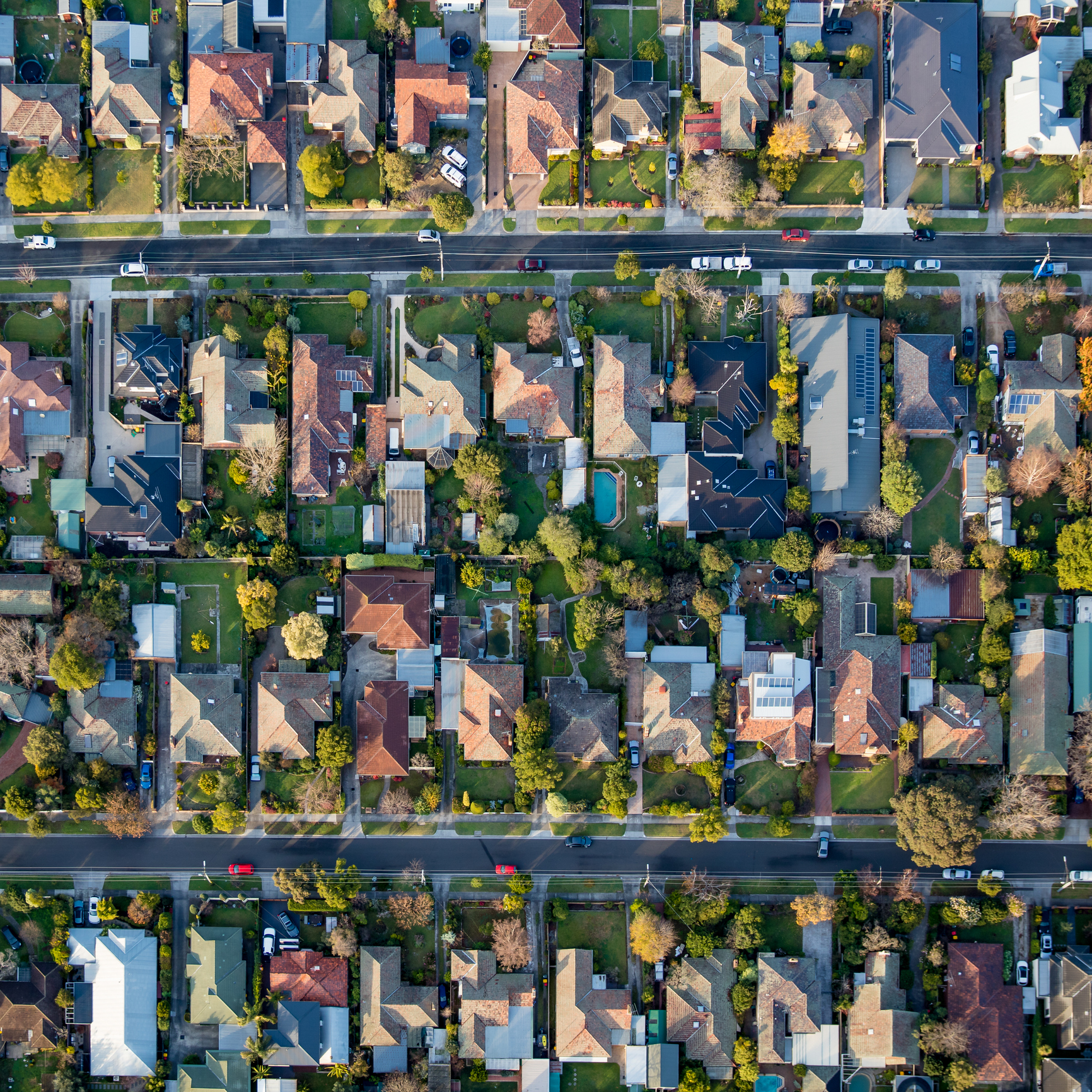The cost of keeping a roof over your head in 2025
Housing affordability has all but disappeared as the great Australian dream of the white picket fence becomes an impossibility for new home buying hopefuls circling the market.
The rising cost of home ownership are forcing first home buyers to contemplate alternative options, while home owners already in the market are having to make sacrifices to keep a roof over their head.

Various research reports reveal that housing costs, home ownership and renting are among the biggest concerns for many Australians, creating significant stress for households.
The ongoing costs of owning a home are significant. Mortgage repayments or rent, council rates, insurance, renovations, utility bills and body corporate fees if you live in a unit or apartment have mostly risen in the last few years. Renovation and maintenance costs are also increasingly expensive.
Let’s break down the true cost of keeping a roof over your head in 2025.
Earnings
More Australians are working than ever before due to the cost of living pressures on households.
Australian Bureau of Statistics data shows that the average wage in Australia is $106,236.00 per year, which equates to a $2,043 per week for a full-time adult in November 2024 minus taxes, which is up 4.5% on the previous year. Of course, some households may have one person working part-time.
The average household gross income is $121,108, while the top 20% of households earn 48% of all income, according to research by McCrindle.
Mortgage repayments
The PropTrack Home Price Index shows that the average cost of home ownership at a national level in Australia is $805,000, which is up 3.7% on the year prior.
According to the Mortgage Choice repayments calculator, your mortgage repayments would set you back around $4,253 per month on a $750,000 20-year loan. That’s around $1,063.25 per week.
House and contents insurance
Home and contents insurance will cover the cost of repair or replacement home belongings if they are damaged or destroyed. The cost can vary significantly, depending on where you live and what type of policy you opt for.
For example, areas of the country prone to natural disasters will mean your insurance premiums will cost you more.
Many areas in Australia are prone to natural disasters like flooding and fires which can hike up insurance premiums. Picture: Getty
Council rates
Council rates are property taxes that all Australian homeowners are expected to pay to their local council. The formula for calculating the rates for a property is the property valuation multiplied by the rate in the dollar set by each council.
The rates fund services provided by council in the local community, such as sporting facilities, footpaths and also the cost of providing weekly bin rubbish collection services to each household.
Like so many other costs, council rates have climbed significantly. In fact, over the past decade, homeowners are paying 39% more on council rates.
On average, council rates range between $300 and $600 per quarter, or around $41 a week. You may be able to receive a concession for council rates if you are on a health care card.
Utility bills
It’s getting more expensive to keep the lights on. And with winter approaching, the cost of wanting your home won’t be easy.
'Five of the hottest affordable suburbs for 2025': youtube.com/mortgagechoice
The average Australian household now spends upwards of $300 a quarter on electricity, according to the ABC. While both political parties promise short-term relief on the cost of electricity, in the meantime, it’s still a major household expense, wherever you live in the country
Check to see whether your bill is based on an actual reading or is an estimate. If it’s an estimate, you can call your electricity provider and request a reading, particularly if you have been trying to cut down on usage.
Aside from that, you’ve got the cost of water, gas and sometimes, internet.
Factors that can impact the average cost include where you live, size and energy efficiency of your home. On top of that, the average monthly cost for home internet access is around $80 per month, or $20 per week, Tom's Guide found.
The good news is that households are set to save $150 on their energy bill through until the end of 2025 as part of a $1.8 billion government energy rebate pledge. If you have solar, you’re going to be paying less.

Aussie households are set to save $150 on their energy bill through until the end of the year thanks to government rebates. Picture: Getty
Total for utilities could be around $70 per week.
Body corporate fees
A unit, townhouse or apartment often attracts body corporate fees, which cover the costs of maintaining common areas of facilities within the building, such as driveways, pathways, gyms or pools.
Again, the fee varies depending on the age of the property, condition, maintenance required and location. In Victoria, these fees vary between $2000 and $4000 per year, according to Strata Management Consultants.
In Sydney, these fees can vary between $500 and $2500 per quarter. But luxury buildings in inner city areas could be charging much more.
If you’re in the market to buy, make sure you find out the cost of body corporate fees before making an offer. Make sure you add in a figure relevant to your state.

Australians living in apartment blocks and gated communities also need to consider the cost of strata fees and levies. Picture: Getty
For the purpose of calculating a rough estimate, let’s settle on $100 a week.
Home renovations
If you’re thinking of upgrading that bathroom or sorting out that backyard, budgeting out the project will make sure you don’t overspend.
According to renovation experts Three Birds Renovations, an average good quality home renovation will set you back between $3000 and $5000 per sq/m. Higher end finishes will mean the cost could go as high as $5000 and $7000 per sq/m.
According to a Housing Industry Association (HIA) survey, a kitchen renovation could cost around $22,000 to $40,000.
Let’s agree that to maintain your property, you will need to spend on average $10,000 a year on renovations.
'What is LMI': youtube.com/mortgagechoice
Other
Other costs you may need to factor in include the cost of Lenders' Mortgage Insurance, maintenance and repairs and ongoing costs of maintaining or improving your landscaping and gardens.
Let’s say $100 a week for incidentals.
So, the calculations:
Earning per household: $2,329 per week
Average costs per week
- Mortgage: $1063.25
- Insurance: $156.25
- Council rates: $41
- Utilities $70
- Body corporate: $100
- Renovation fund: $192
- Incidentals: $100

REA Group executive manager of economics Angus Moore says home prices are likely to keep lifting throughout 2025. Picture: supplied
= $606.00 left over for groceries, clothing, schools fees, car registration, entertainment and anything else your household needs.
It’s not a lot. PropTrack’s housing affordability report reveals that things are at the worse level in at least three decades.
REA Group executive manager of economics Angus Moore says housing affordability hasn’t been this low since the mid 1990s, or even longer.
“We expect prices to keep lifting over the coming months, but the rate of growth is likely to be more modest compared to rent years," Mr Moore says.
"With affordability still a major constraint, the impact of further rate cuts will be somewhat tempered,” Moore says.




